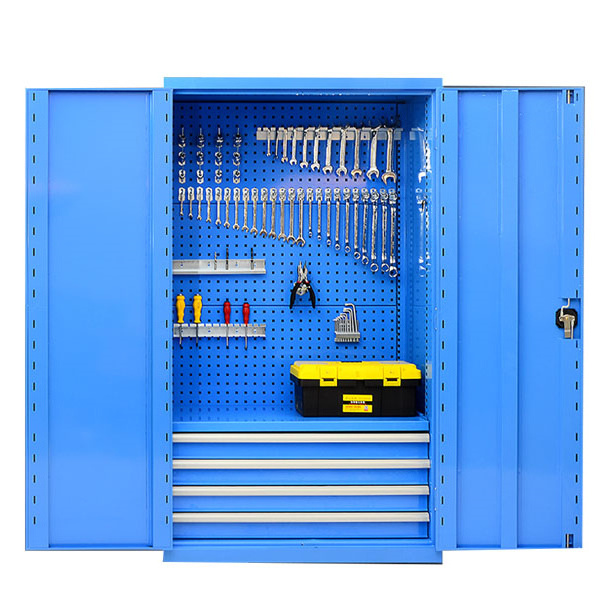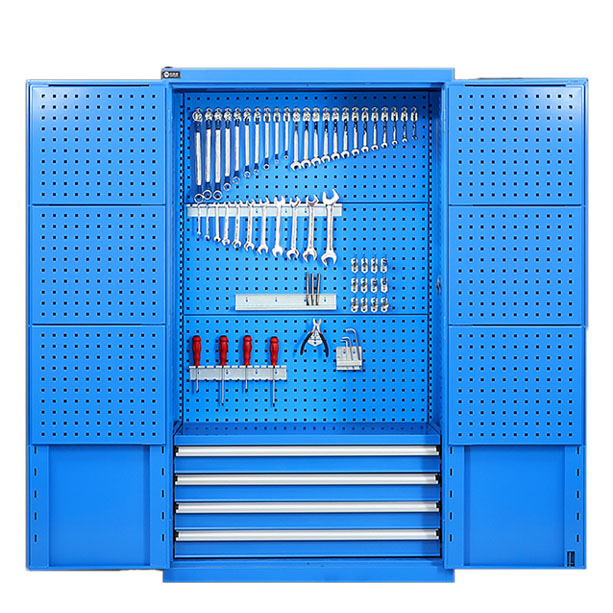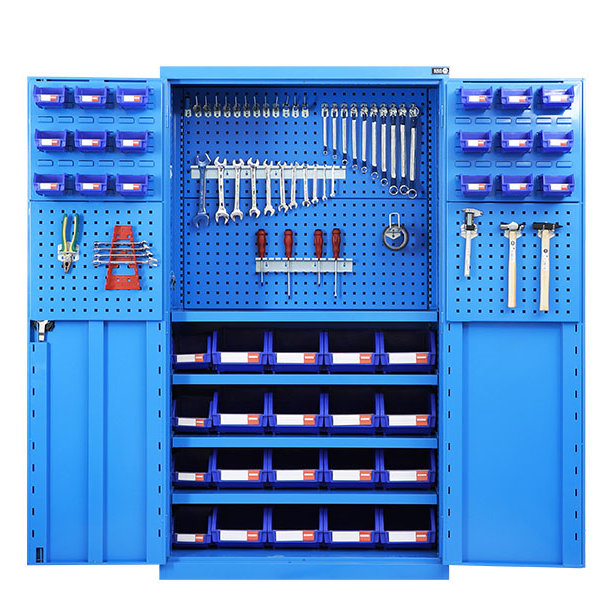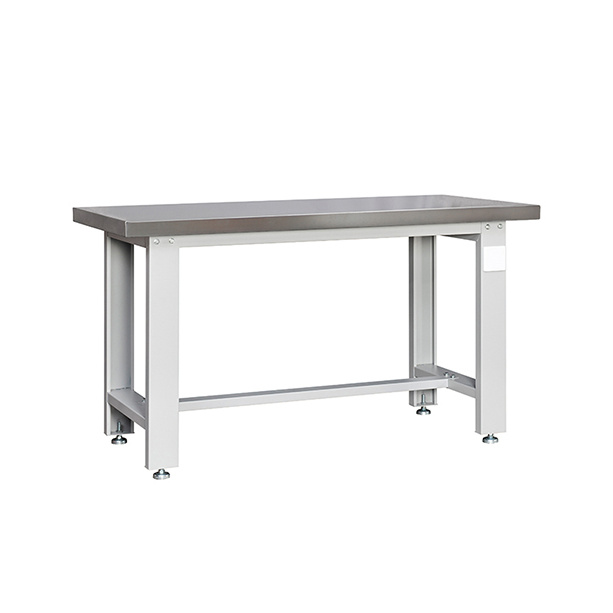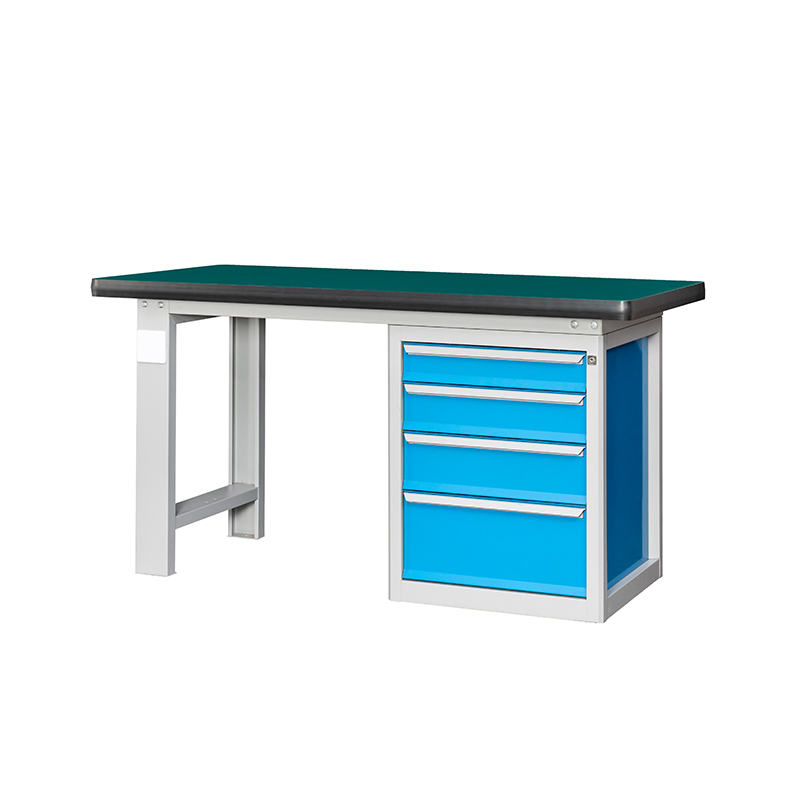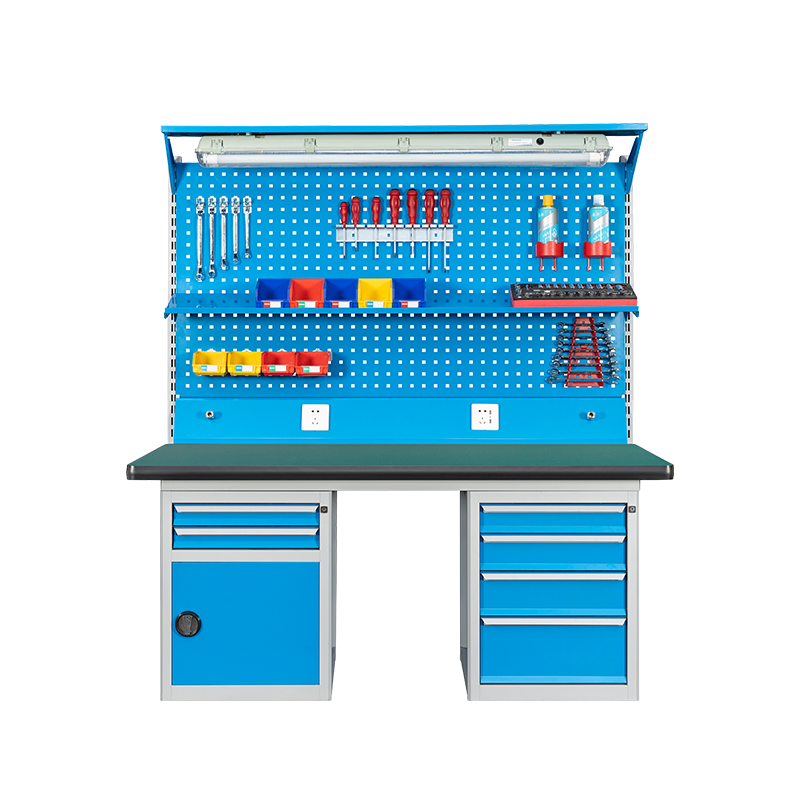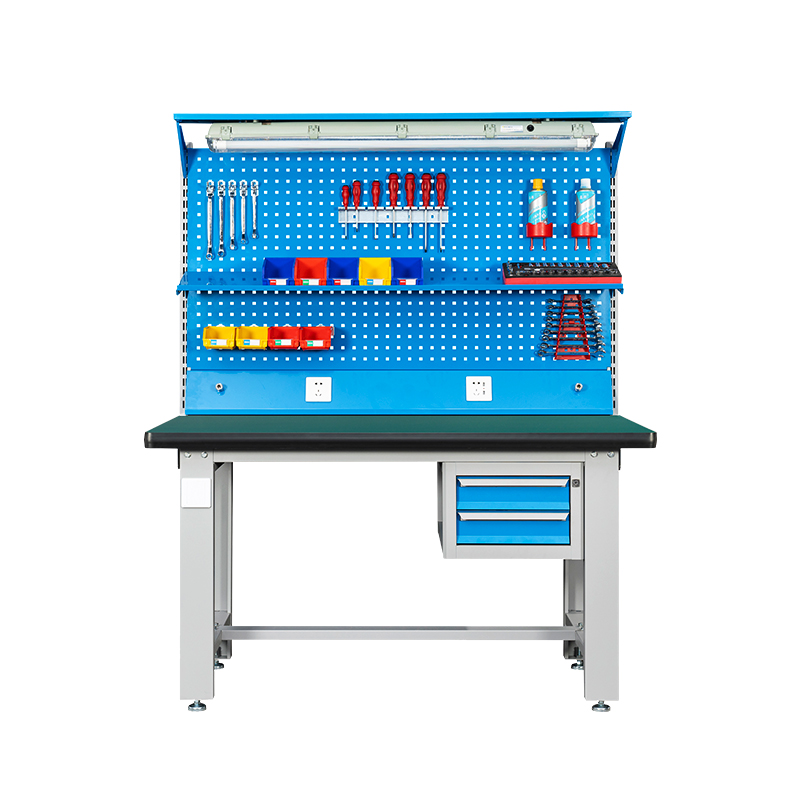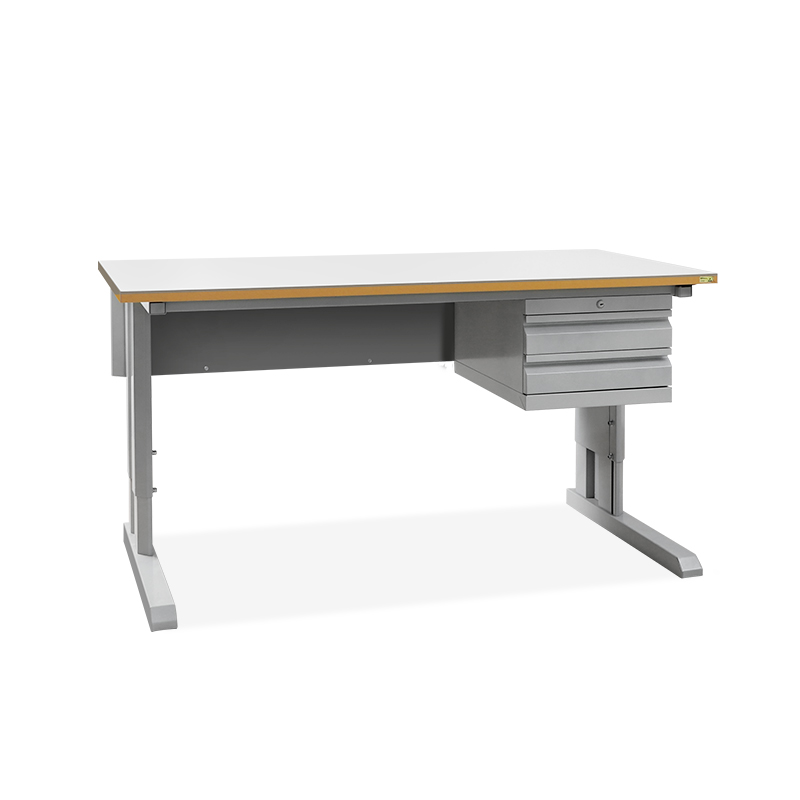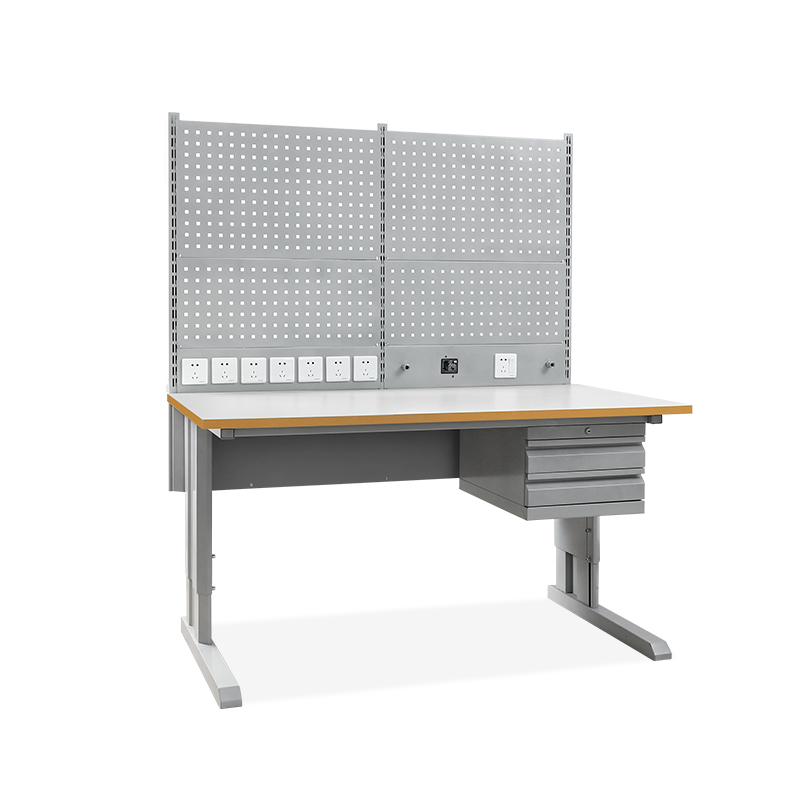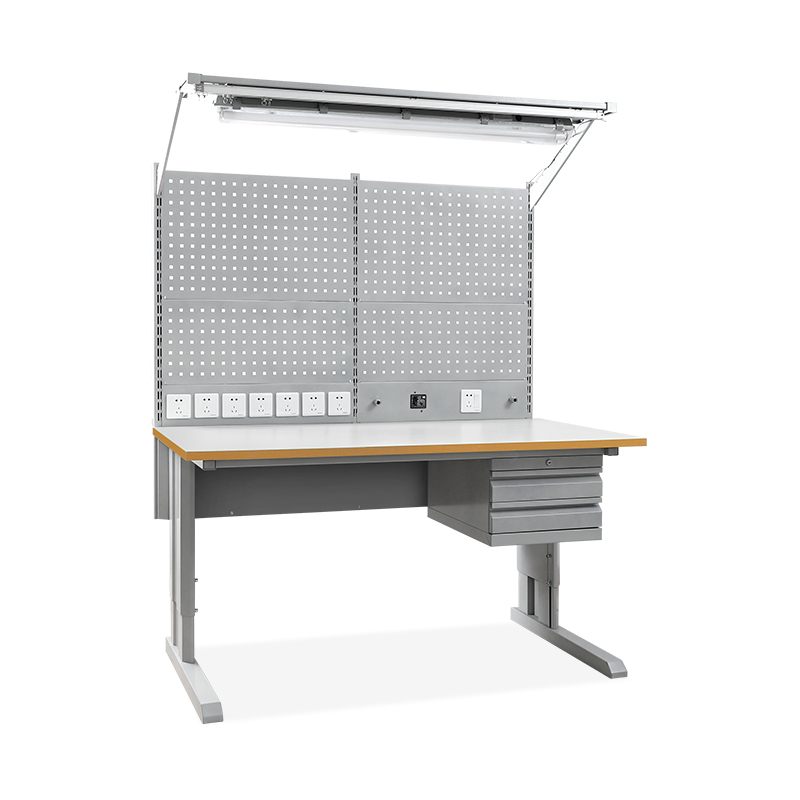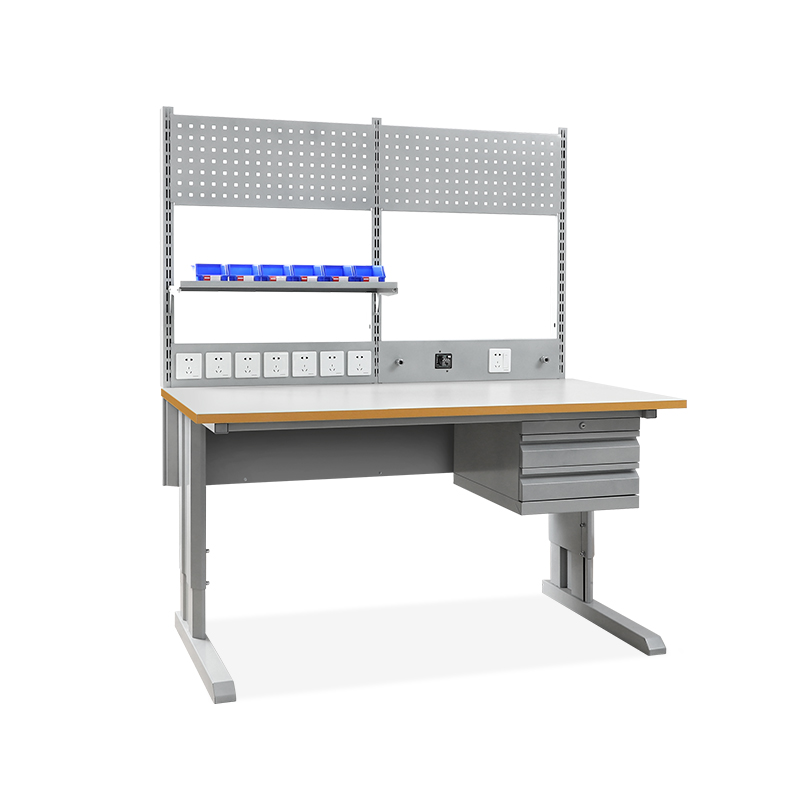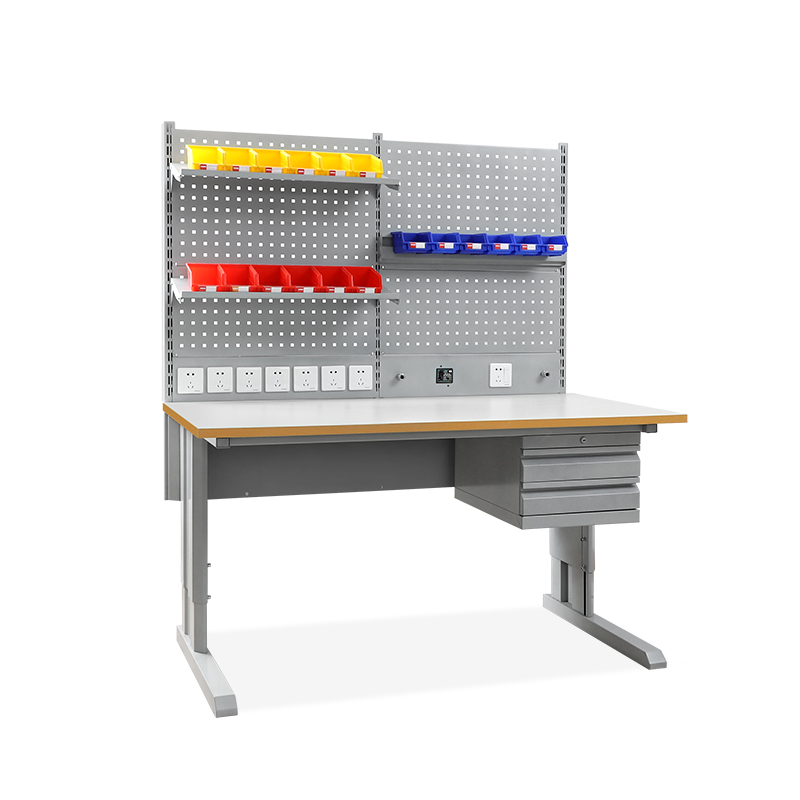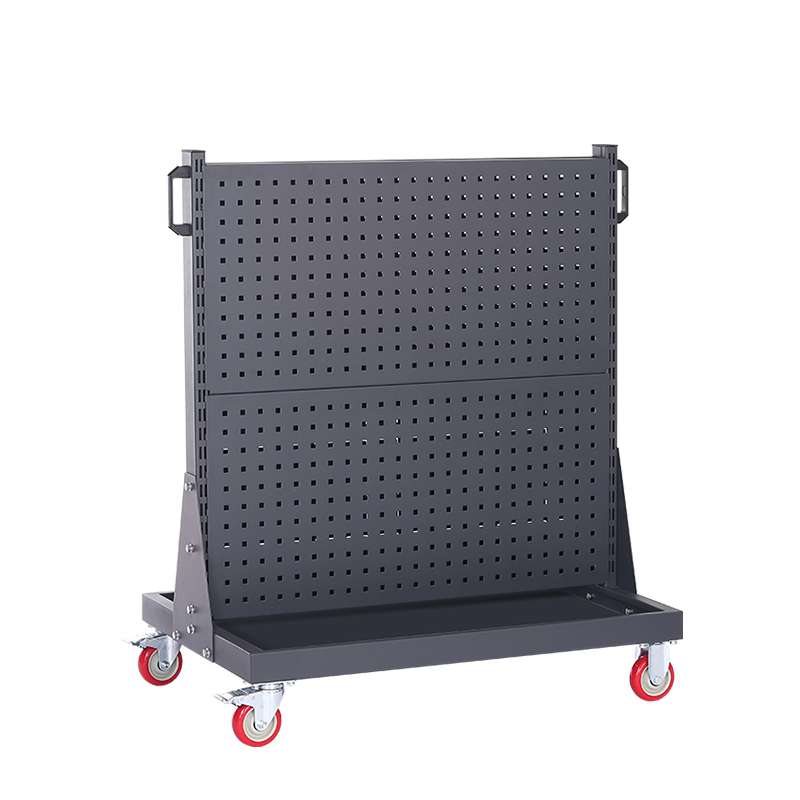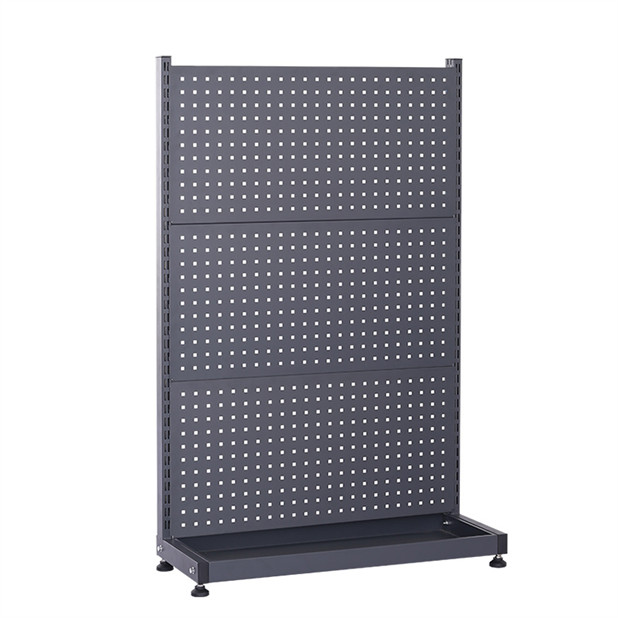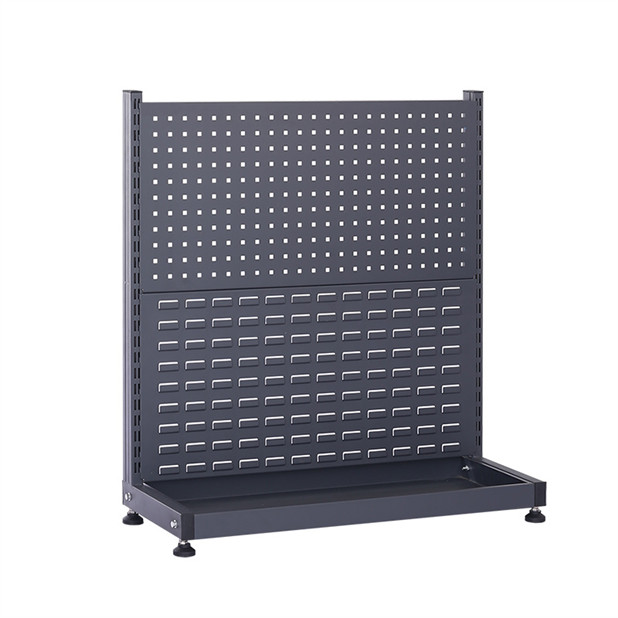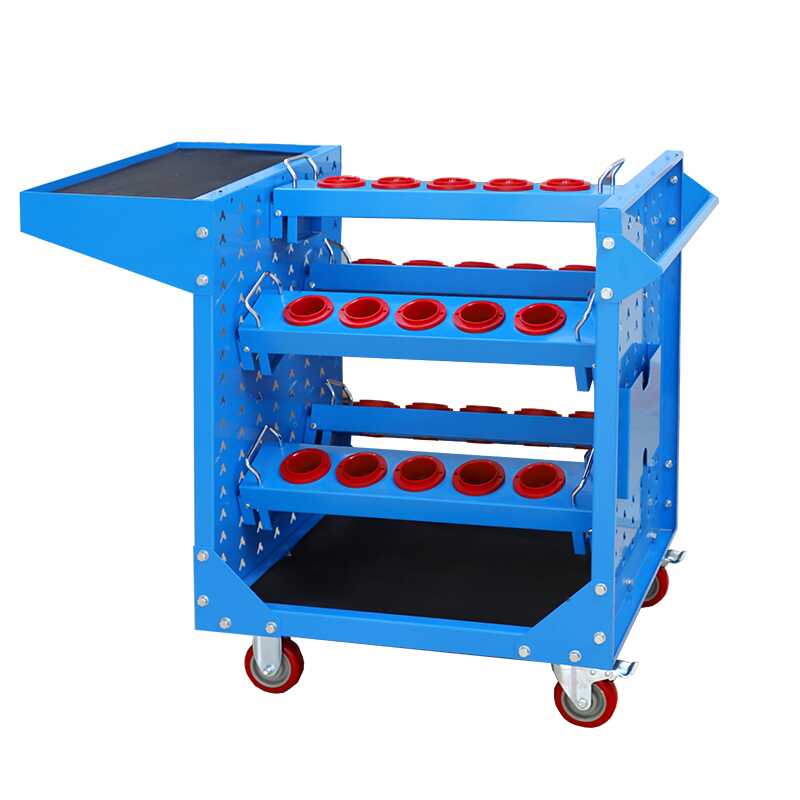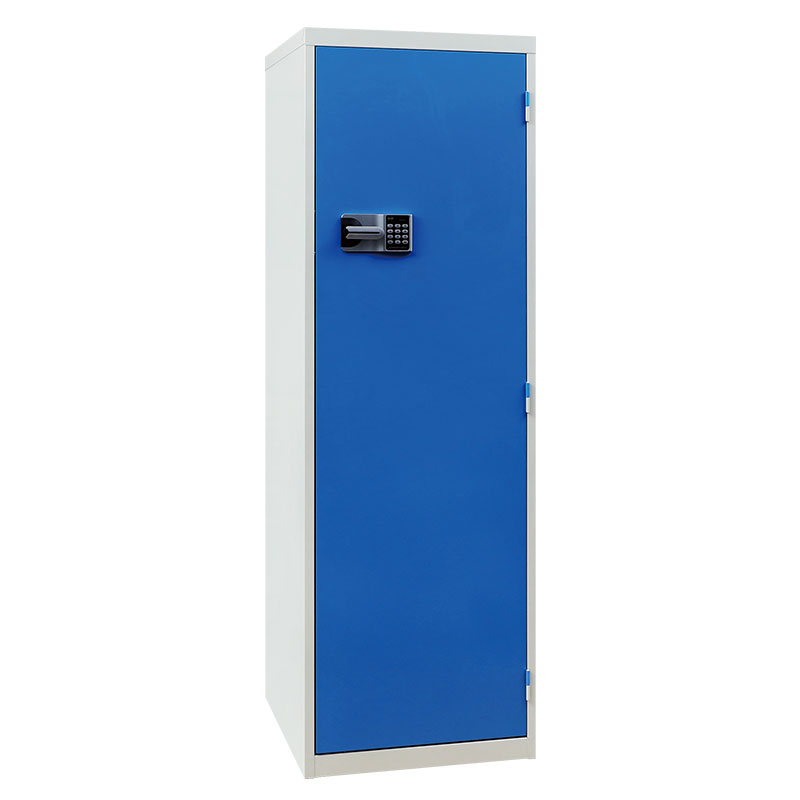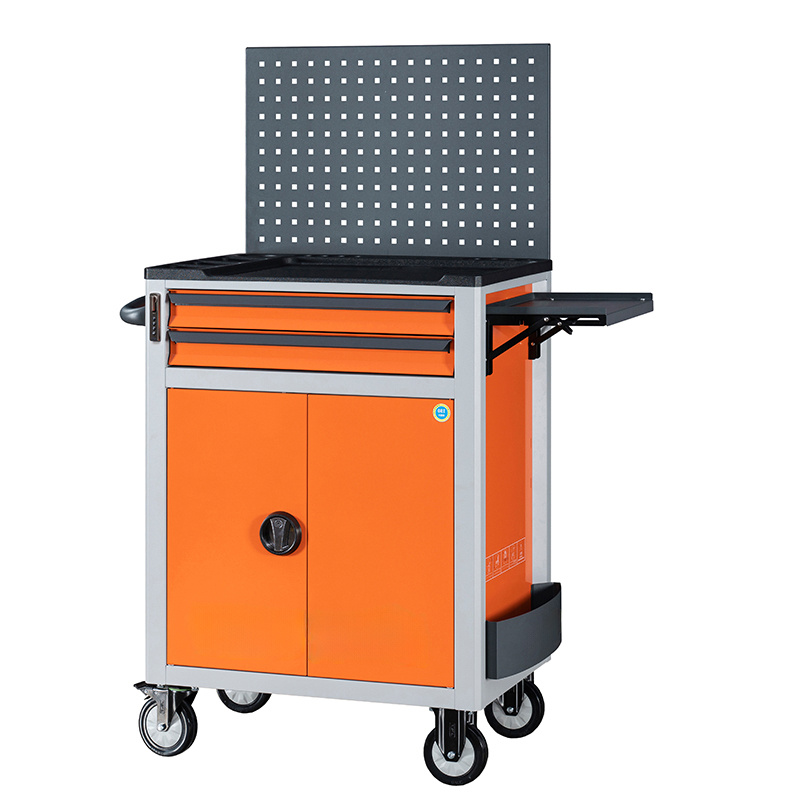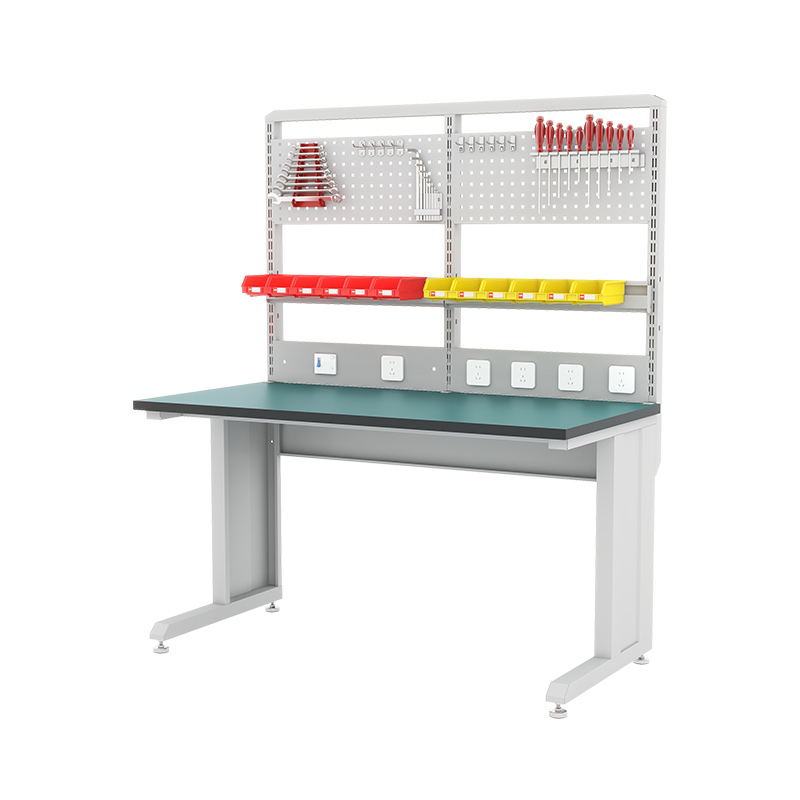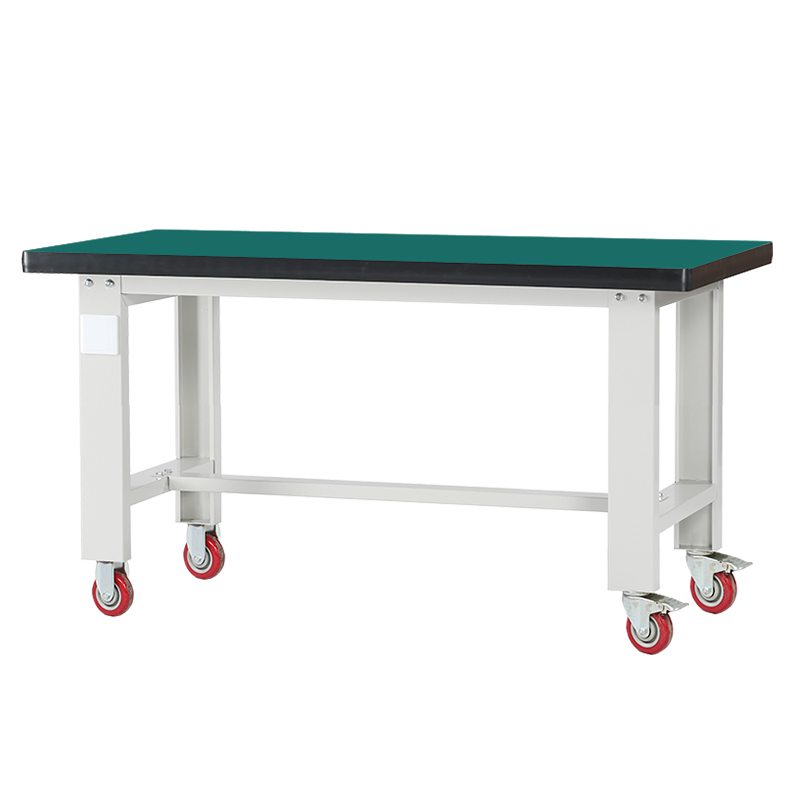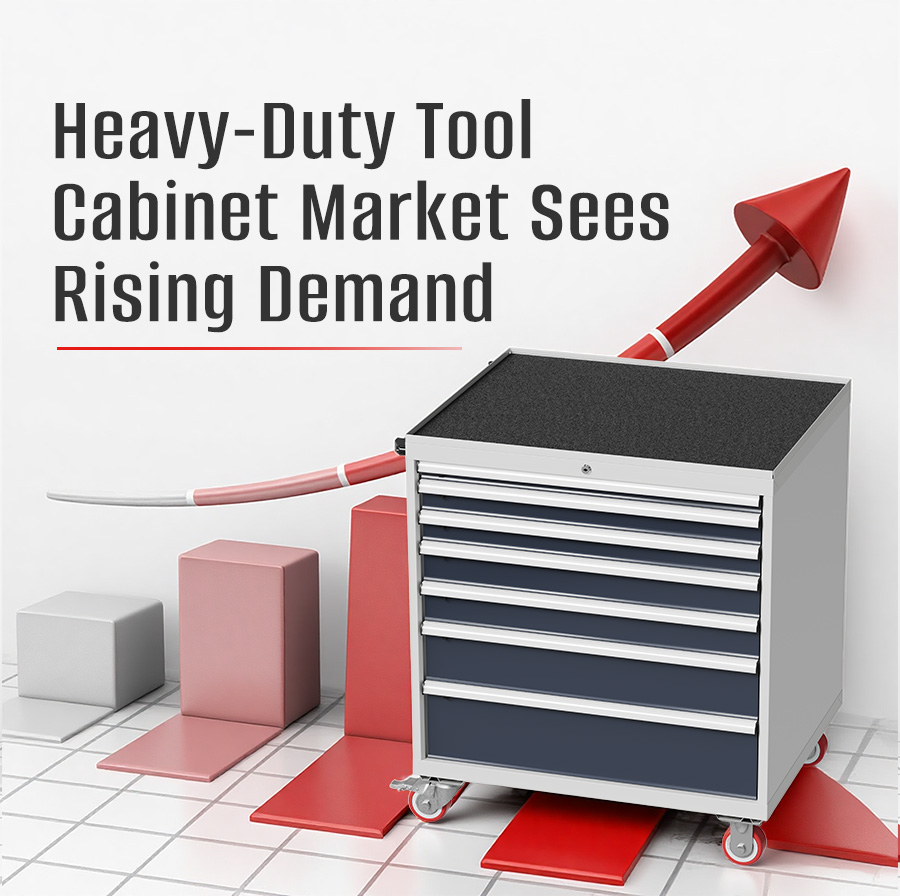Tool trolleys are versatile storage and transport solutions designed for efficiency in industrial environments. Offer portability, organized storage, and enhanced safety, helping to improve workflow and productivity in workshops and factories.
Tool trolleys, including tool cabinets with wheels, multifunctional trolleys, service trolleys, and more, are generally made from cold-rolled steel. In addition to the basic trolley style, these carts can also be customized with accessories and adjusted in shape and size. They are typically used in factory workshops, automobile repair shops, and other industrial environments, where there is a need to carry heavy tools and equipment. For such settings, a heavy-duty tool cart with strong structural support and high load-bearing capacity can help improve workflow within the work area.
What is a Tool Cart?
A tool cart is a multifunctional storage and transport solution designed for tools, cutters, and parts. It helps operators save time by organizing items in a way that makes them more accessible, efficient, and cost-effective, all while being designed with the operator’s needs in mind.
What Are the Advantages of a Tool Trolley?
Portable
A tool cart is essentially a tool cabinet with wheels, allowing for flexible movement. It can be easily pushed to any desired location, making it convenient to carry tools and significantly improving work efficiency.
Categorized Storage
Tool trolleys often feature several drawers or compartments, enabling tools to be categorized by type or function. This organization allows users to quickly find the tools they need, saving time and reducing the frustration of searching.
Durability
Tool carts are usually made from high-quality steel, metal, or high-strength plastic, offering excellent durability. These materials help ensure long-term stability, requiring minimal repairs and maintenance, which lowers overall usage costs. The design of the tool cart also prioritizes mobility and can withstand heavy loads and frequent movement.
Safety & Protection
Tool trolleys provide additional safety. Many carts feature customized EVE liners and non-slip mats on top to securely hold tools in place, preventing them from slipping or rolling. Closed drawers help firmly fix tools in their designated positions, ensuring they remain intact.
How to Choose the Right Tool Cart?
Size
Choose a tool cart based on the available space. If space is limited, opt for a compact tool cart. If there is ample space, a larger cart may be suitable to increase storage capacity. Ensure the cart can navigate narrow passages or doors without difficulty.
Space Layout
Select a tool cart with a layout that suits the types of tools you have and how you use them. Frequently used tools should be placed in easy-to-access drawers or side pockets, while larger tools or equipment should have dedicated compartments or hooks. This will maximize space usage and ensure tools are stored in an orderly manner, making them easy to find and use.
Additional Features
Consider any additional features that could improve the tool cart’s functionality, such as lighting, tool hanging boards, or file organizers. These extra features can enhance convenience and customize the cart to meet your specific needs.
Quality Check
Ensure the tool cart’s welding is solid, with no issues like missing or faulty welds. The drawer guides should operate smoothly and be able to carry weight without resistance. Pay close attention to the quality of the casters—check that they rotate easily, have a good mute effect, and provide effective braking performance to ensure stability and long service life.
Material
Common tool cart materials include steel, stainless steel, and aluminum:
Steel: Durable and affordable.
Stainless Steel: Corrosion-resistant and easy to clean, suitable for environments requiring higher hygiene standards.
Aluminum: Lightweight and aesthetically pleasing, but generally more expensive.
Choose the material based on your environment and budget.
Ergonomics
Consider whether the handle is ergonomic, with smooth edges and rounded corners. An ergonomic design can significantly reduce hand strain and improve comfort. Additionally, the weight distribution of the tool cart should be balanced to minimize physical effort during transport, making it easier and less stressful to use.
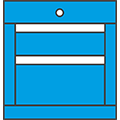
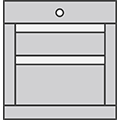
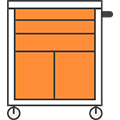
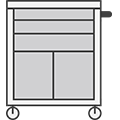
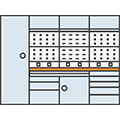
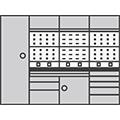

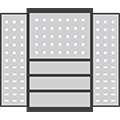
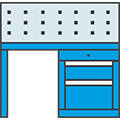
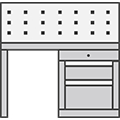


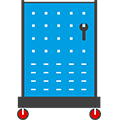
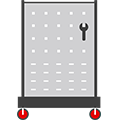
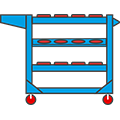
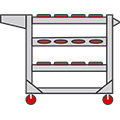
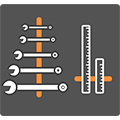
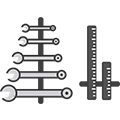
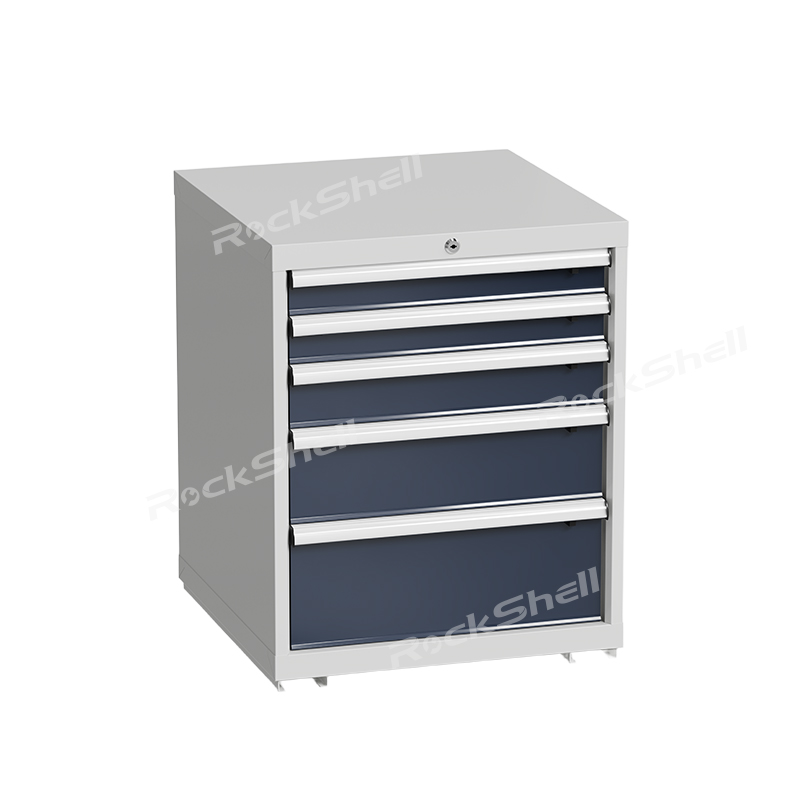
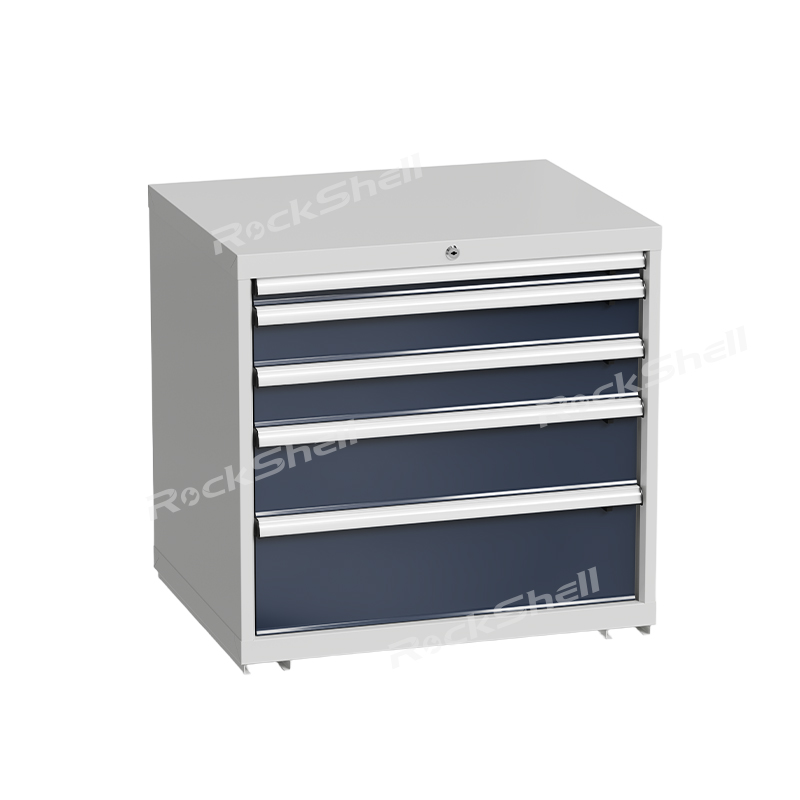
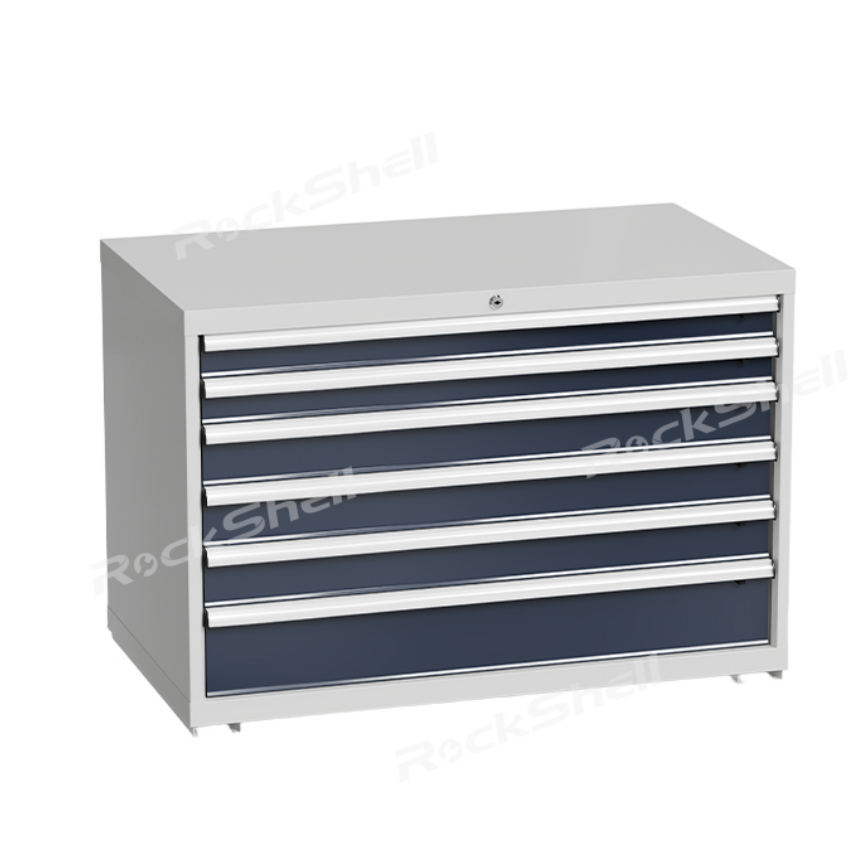

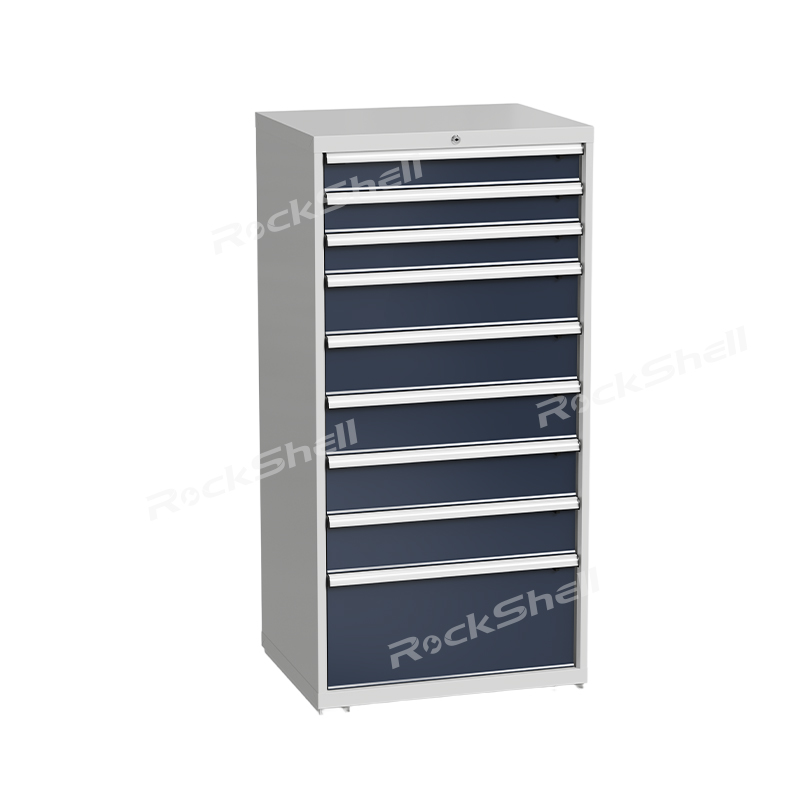
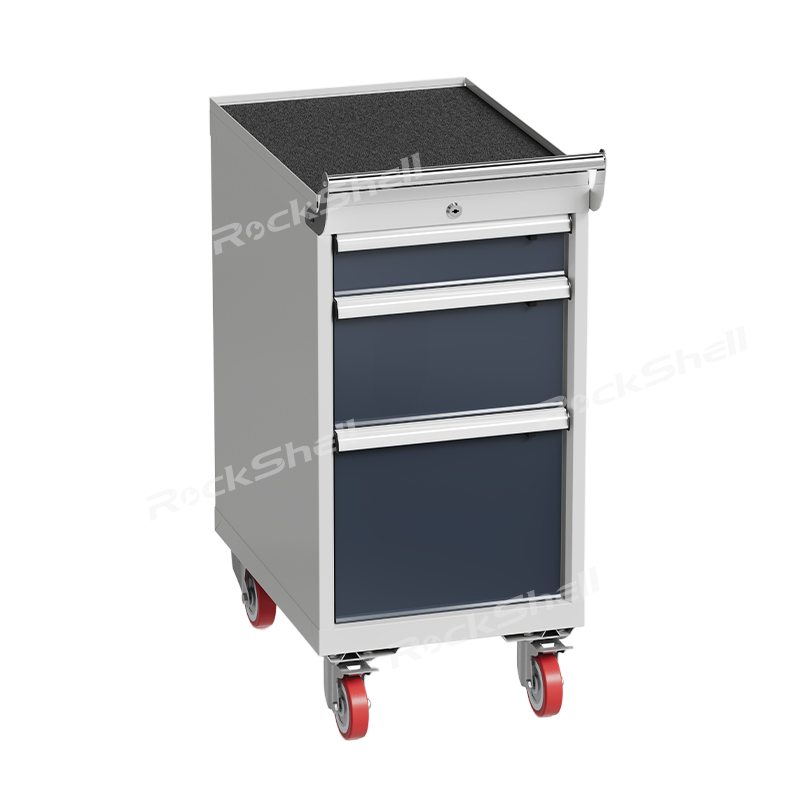
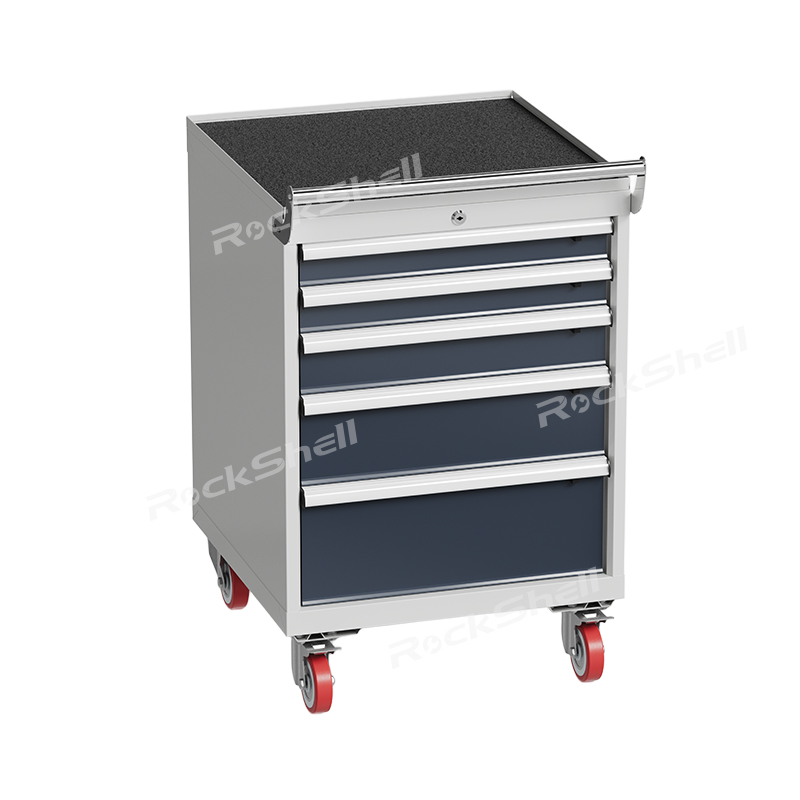
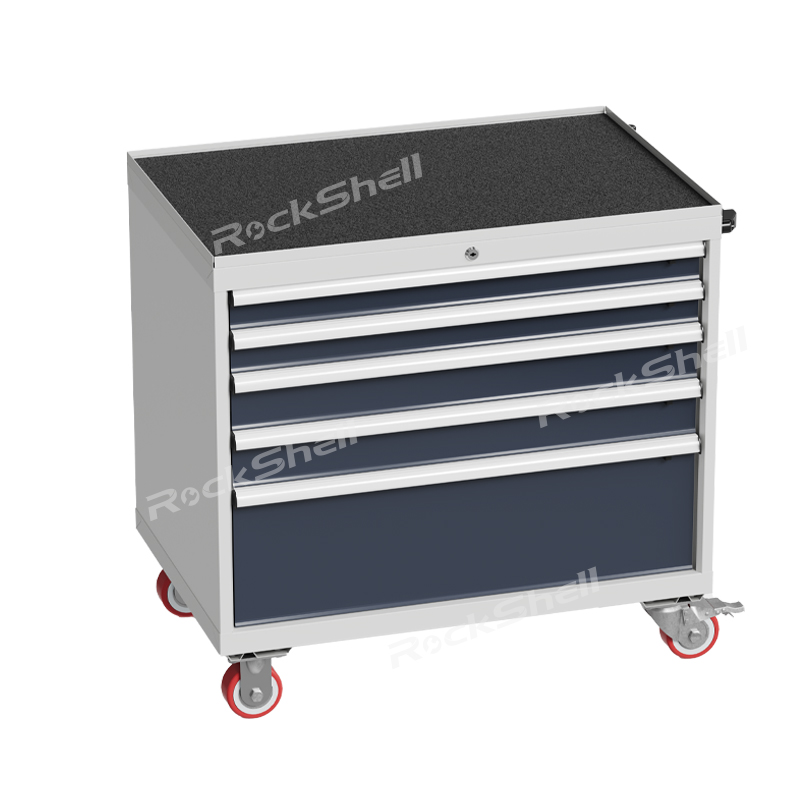
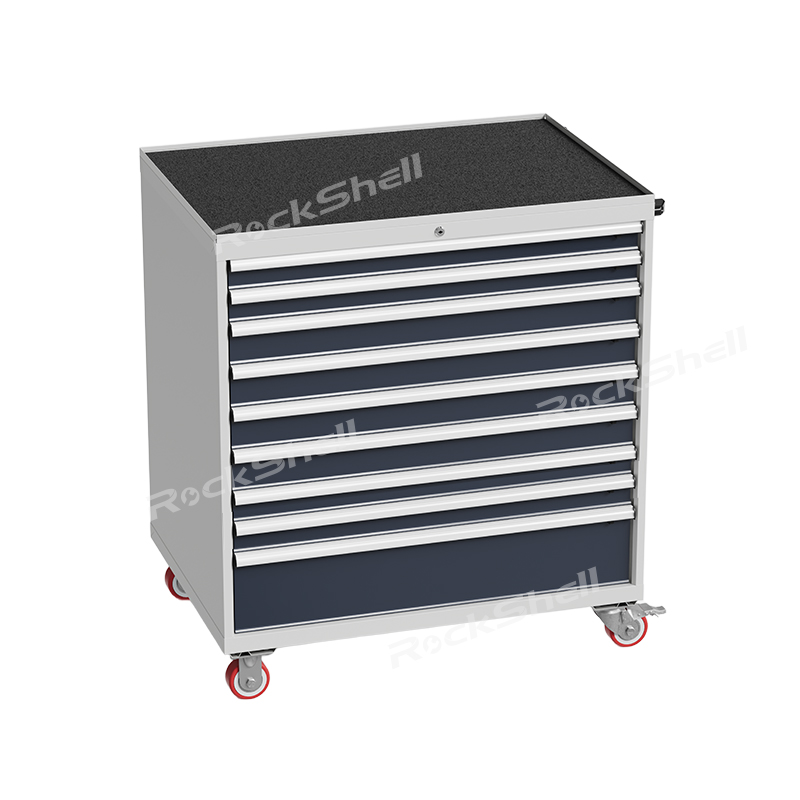
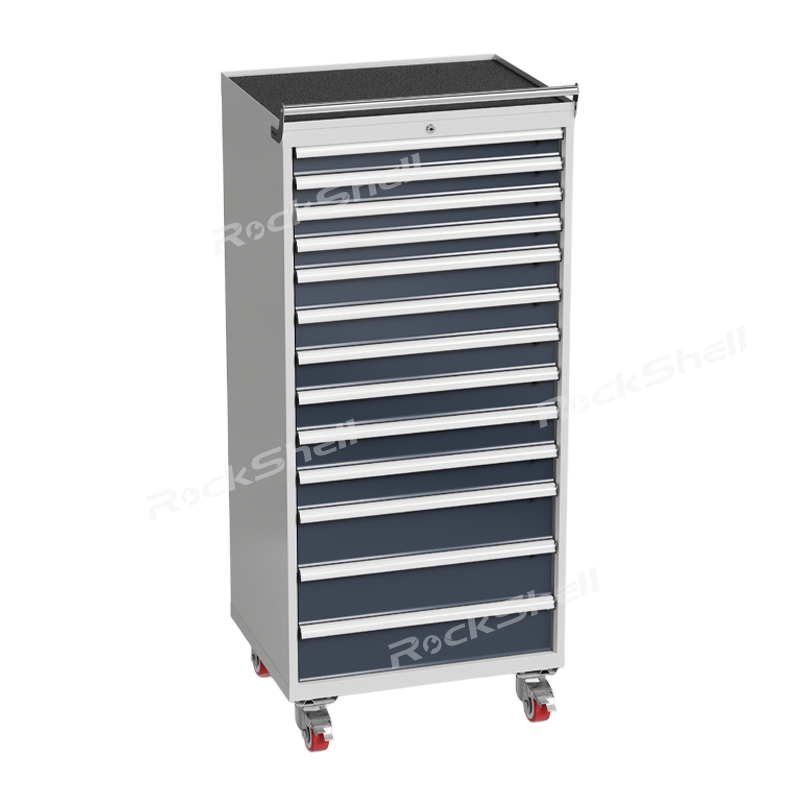
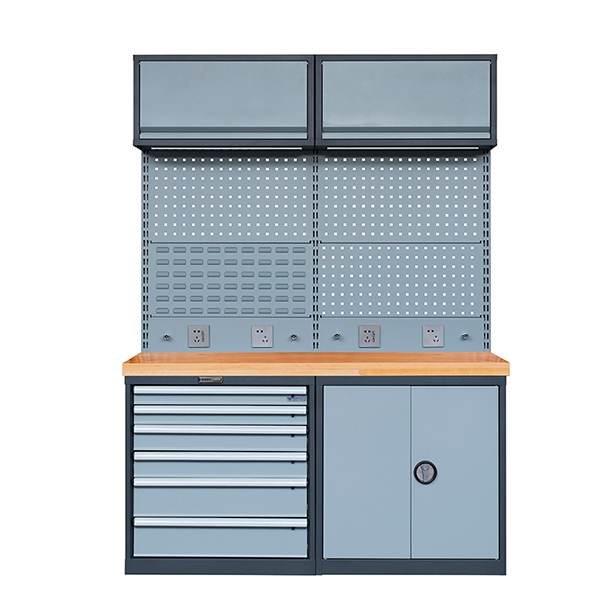
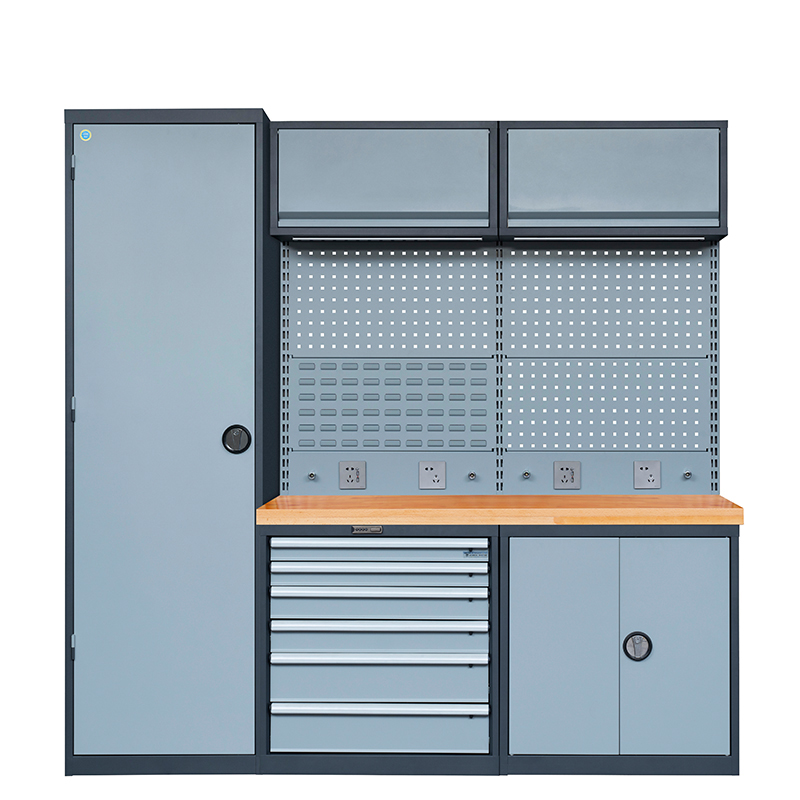
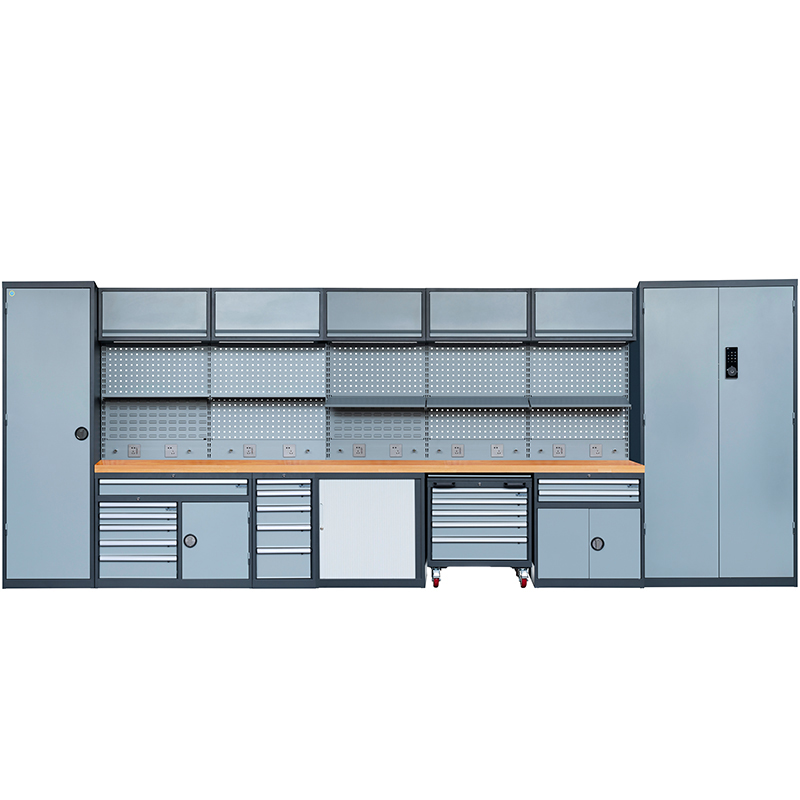
.jpg)
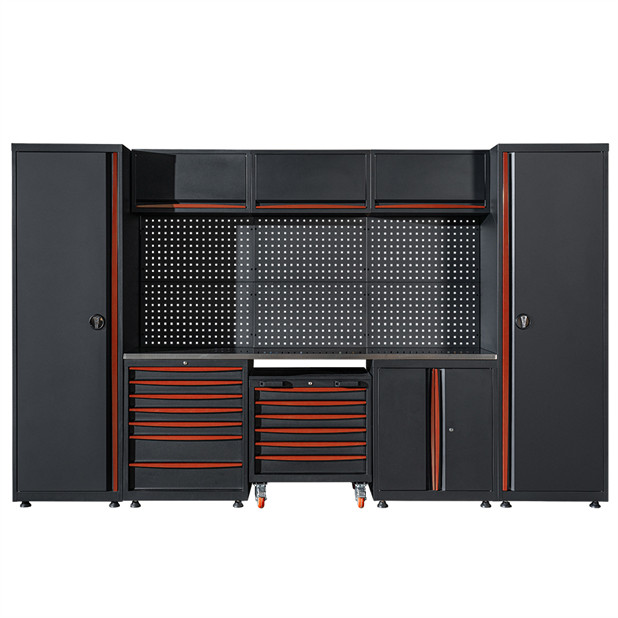
.jpg)

